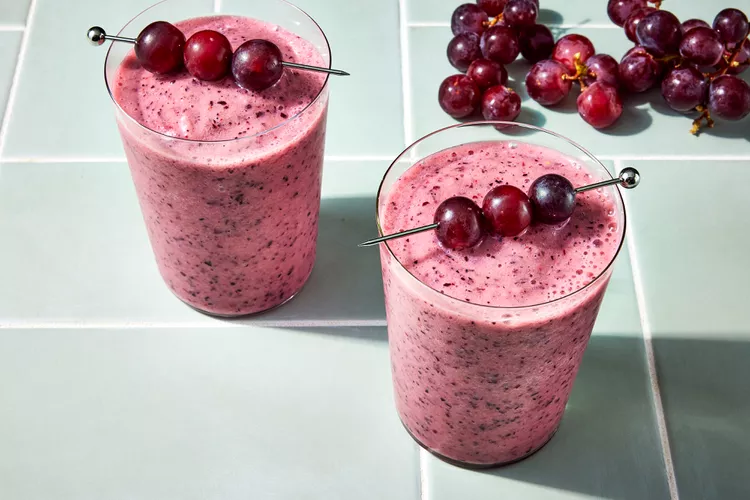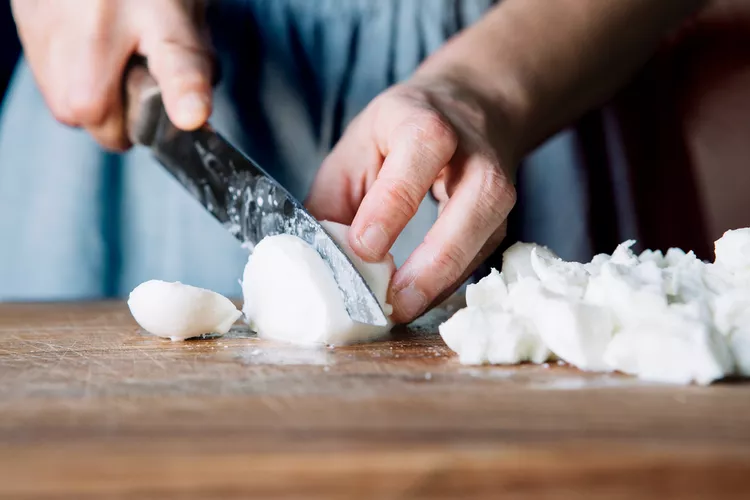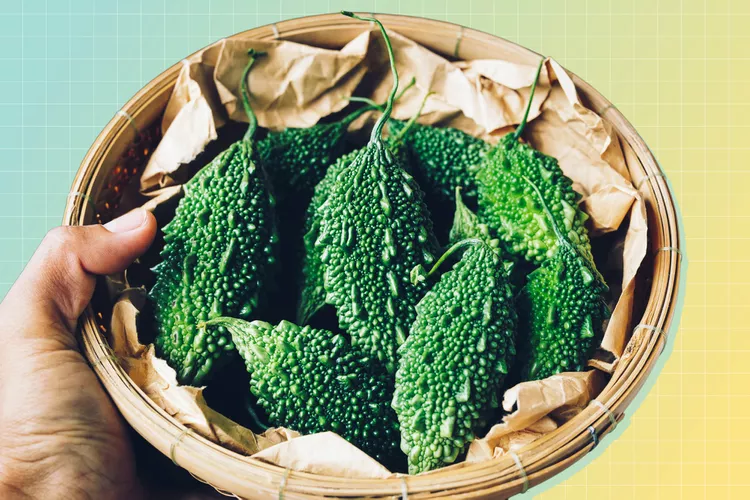Colcannon, aloo Palak, and potato pancakes are only a few of the dishes that involve Yukon Gold, Red, and Russet Potato, which are the reliable and robust base of many cuisines around the world. More importantly, they are easy to find and use. They are a chemical that can be used in many different ways.
This does not mean that all potatoes should be treated the same way, even though they seem like a low-maintenance diet. Despite their widespread use, potatoes are not all the same; if you’ve ever had a plate of gooey, sticky mashed potatoes, you understand what I mean. Some are more appropriate for particular applications, including baking, frying, or boiling.
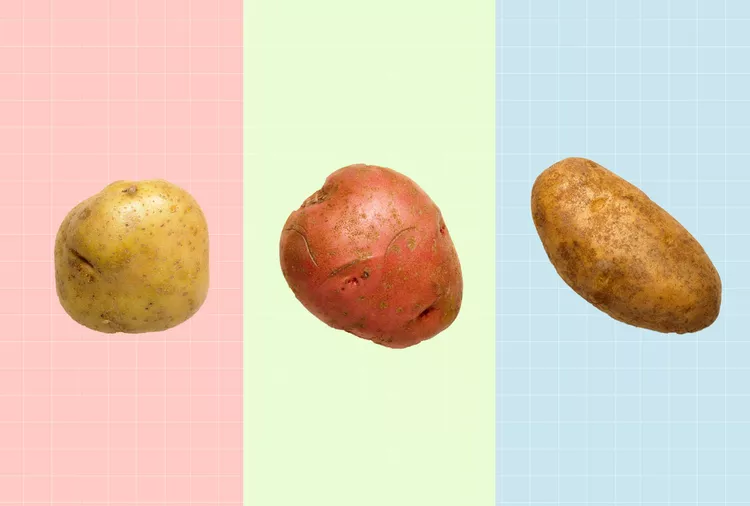
More importantly, understanding the differences between the sorts may hold the secret to perfectly crispy home fries and help you master your next batch of mashed potatoes. Here are the main differences between red, russet, and Yukon Gold potatoes.
Contents
What Are Russet Potatoes?
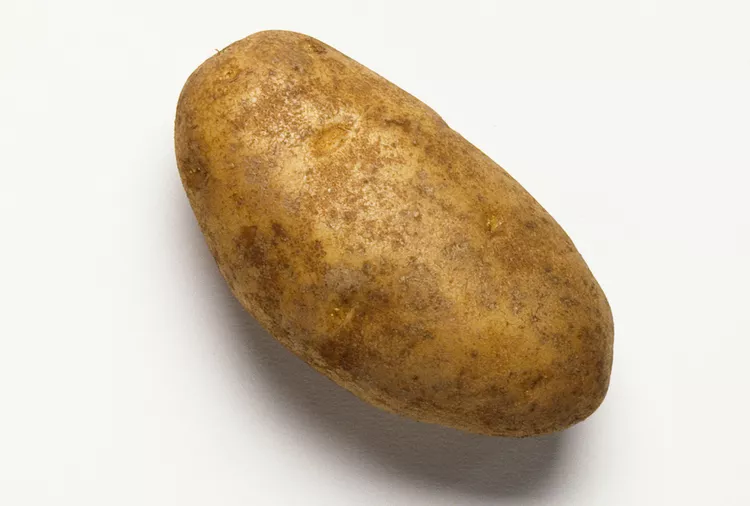
The russet potato is a versatile potato with a high starch content and a neutral flavor. They are available at almost every grocery store throughout the year. Russet potatoes are enormous and have thick, dark brown skins. When cooked, the meat is dry and has a light, airy, and often mealy texture. Their rectangular shape makes them ideal for stuffing and baking, and their mild flavor lets them readily absorb the flavors of whatever they’re prepared with.
How to Use Russet Potatoes
In contrast to red potatoes and Yukon Gold potatoes, russet potatoes are versatile and have a multitude of culinary uses. Their dry, fluffy flesh makes them ideal for mashing and baking. The thick skins act as a jacket to retain the soft, fluffy filling within and crisp up beautifully in the oven. Their sturdy construction allows them to maintain their shape even when filled with a variety of substances, like sour cream or cheese.
Due to its low water content, this potato cultivar may also crisp up effectively. This suggests that they are also very good at making french fries, potato chips, and bubble potatoes.
What Are Red Potatoes?
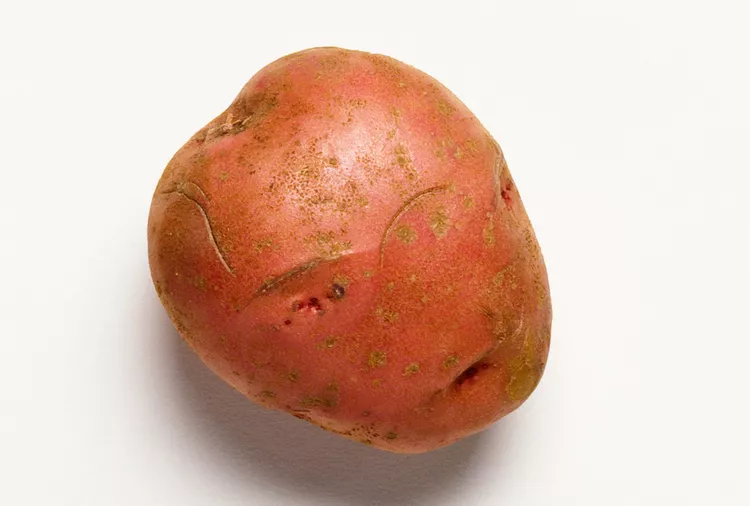
Red potatoes are considerably smaller than russet potatoes and have thin crimson skins. These potatoes maintain their shape and don’t go fluffy or pillowy like russet potatoes do because of their waxy flesh. Because red potatoes contain more water than russet potatoes, their flesh is slightly sweeter and they will typically hold their sliced shape no matter how they are cooked.
How to Use Red Potatoes
Red potatoes are great for roasting, simmering in soups, or steaming or boiling for potato salad. You should use a different potato for mashing since the waxy flesh will keep its shape if you push it too much, but if you work it too much, it will become gluey. In your next German potato salad or kale and potato soup, try red potatoes instead.
What Are Yukon Gold Potatoes?

Yukon Gold potatoes have yellow meat and thin shells. Sometimes they are simply referred to as gold potatoes or yellow potatoes. They have a creamy texture and a flavor that is nearly buttery. Because Yukon Golds have a texture that is in between waxy red potatoes and starchy russet potatoes, they are an excellent all-purpose substitute that may be used to make melting potatoes, among other culinary uses. The Yukon Gold potato, which is actually a cross between a white and a golden potato, is usually sold in stores between August and February.
How to Use Yukon Gold Potatoes
Because of their excellent, creamy texture and thin skins, Yukon Gold potatoes are quite versatile and may be used in place of most other types. Yukon Gold potatoes are sturdy enough to cook without disintegrating, making them ideal for soups and potato salads. Because they lack the waxy feel of red potatoes, they are simple to mash without becoming unduly sticky. Overall, Yukon Golds are a great all-purpose potato that may be baked, fried, sautéed, mashed, or boiled.
Nutrition Information for Potatoes
There is no difference in the nutritional content of Yukon gold potatoes, red potatoes, or russet potatoes, therefore the choice is more dependent on personal preference than on nutrition.
For example, below is the nutritional data for a single small (138-gram) cooked russet potato with flesh and skin:
- 131 calories
- 4 g protein
- 0 g total fat
- 30 g carbohydrates
- 4 g fiber
- 19 milligrams sodium
- 759 mg potassium.
The answer to the question of whether potatoes are healthy is unquestionably yes! Potatoes are a great source of vitamin B6, which is necessary for the production of neurotransmitters and red blood cells. They are also rich in vitamin C, which can help reduce the risk of many cancers, and potassium, which can help regulate blood pressure. They also include resistant starch, which could help with digestion
Can I Use Different Potato Varieties Interchangeably?
When replacing the potatoes, it’s important to consider how you want to use them. Certain types of potatoes can be substituted for one another, depending on the recipe and the specific variety. You should consider how the final texture will impact your recipe because texture is maybe the most notable variety among potatoes.
When making mashed potatoes, Yukon Gold can definitely be used in place of russet. However, Waxier red potatoes can get gummy when mashed, so they should not be utilized. When making potato salad, use tougher, less starchy potatoes like red potatoes or Yukon Gold. Because starchy potatoes lose their structure, they are not a great option for salads. Don’t use them for soups.
Bottom Line
Potatoes are a very versatile ingredient that is also affordable and easily accessible. However, not all types require the same approach. Before selecting a potato, think about the type of cuisine you plan to prepare and how the potato’s flavor and texture will impact the finished dish. If you want a straightforward, fluffy potato that’s great for mashing or baking, go for a russet. If you prefer a firm, waxy potato that is good in salads or soups, go for red potatoes. If you want an all-purpose potato with a buttery flavor and a creamy texture, go for Yukon Gold.



